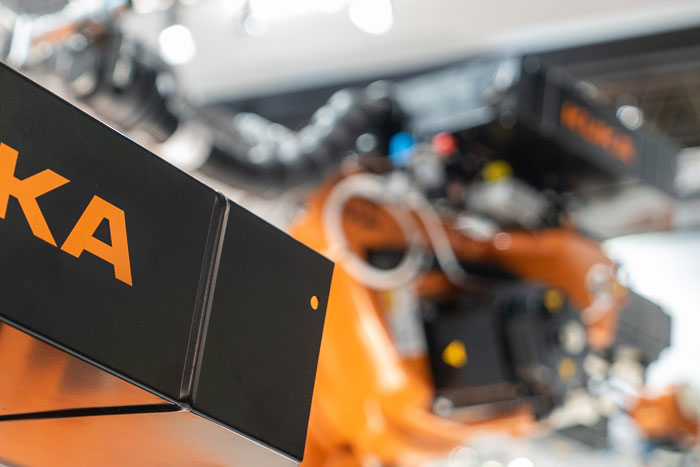The industry is always changing and improving. These days, the new revolution taking over the manufacturing industry is the integration of technologies into the already existing manufacturing infrastructure. These technologies include more focus on computer technology like data, artificial intelligence, and machine learning. A variety of tools work towards this vision. Go ahead and keep reading to explore more about these cutting edge shifts in the industry.


What is industry 4.0?
Industry 4.0 is also the fourth industrial revolution, a continuation, and improvement upon other industrial revolutions in the past. All of these industrial revolutions have worked to break down challenges and improve the entire manufacturing processes and systems. Specifically, with the fourth revolution, there’s a general focus on enhancing and optimizing the automation laid out in the third industrial revolution, or industry 3.0. This industrial shift focused on the integration of computers, while the fourth revolution’s focus is on optimizing supply chain and computer systems and even improving or adding autonomous features and robotics to parts of the manufacturing process.
How does this compare to traditional manufacturing?
When you think of the manufacturing industry, large scale buildings with gigantic machines likely come to mind. You might also think of an assembly or product line filled with the item that each manufacturer makes for its consumers. Tools throughout these industrial revolutions have enhanced the speed and efficiency of product development. These changes made way for more jobs like technicians, and educators who pushed the envelope for the greater good of the future of the industry. So it’s no surprise that the traditional ideas of water and steam power, machines that run on electricity, and assembly lines simply won’t continue to do the level of work that suppliers and consumers need. To maximize profitability and demand, you always have to look towards the future of manufacturing by implementing new technology. This Industry 4.0 shift is different than the traditional manufacturing of the past because of its focus on cyber-physical systems. It’s no longer just the mechanism or machine that does the work, but rather whole set of integral cyber and computer-based parts fused with the physical parts of factories. Finding ways to integrate and fully connect these systems is the goal of Industry 4.0.
How can Industry 4.0 be applied?
So now that you have a grasp for the types of technological advances that coincide with the fourth industrial revolution, you might be wondering how this technology fits in with current manufacturing tools. For example, you can use the Internet of Things (IoT) or the Industrial Internet of Things (IIoT) to attain access to data that allows you to improve equipment in your factory. This, in turn, makes it smart factory. You can also monitor and analyze your equipment for maximum productivity. From here, you can potentially control tools like a plasma cutter. Autonomous use for something like plasma cutting systems work to achieve convenience, control, and profitability. Plasma cutters are commonly used in the metalworking industry. Your manufacturer might specifically use a plasma cutter if you work in the automobile industry, welding, or even manufacturing. By merging a plasma cutter with the advanced technology or software capabilities from Industry 4.0, you can achieve a higher level of accuracy and efficiency for your manufacturing.
Overall, the manufacturing industry is always changing and looking for its’s next generation of leaders to implement these changes. As you find ways to shift towards a smart factory and work to change your current manufacturing model, be sure to look towards one that merges optimization and digitization to explore the available options that the fourth revolution has to offer.

